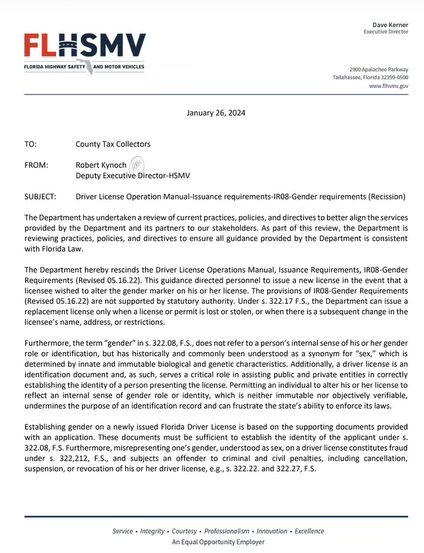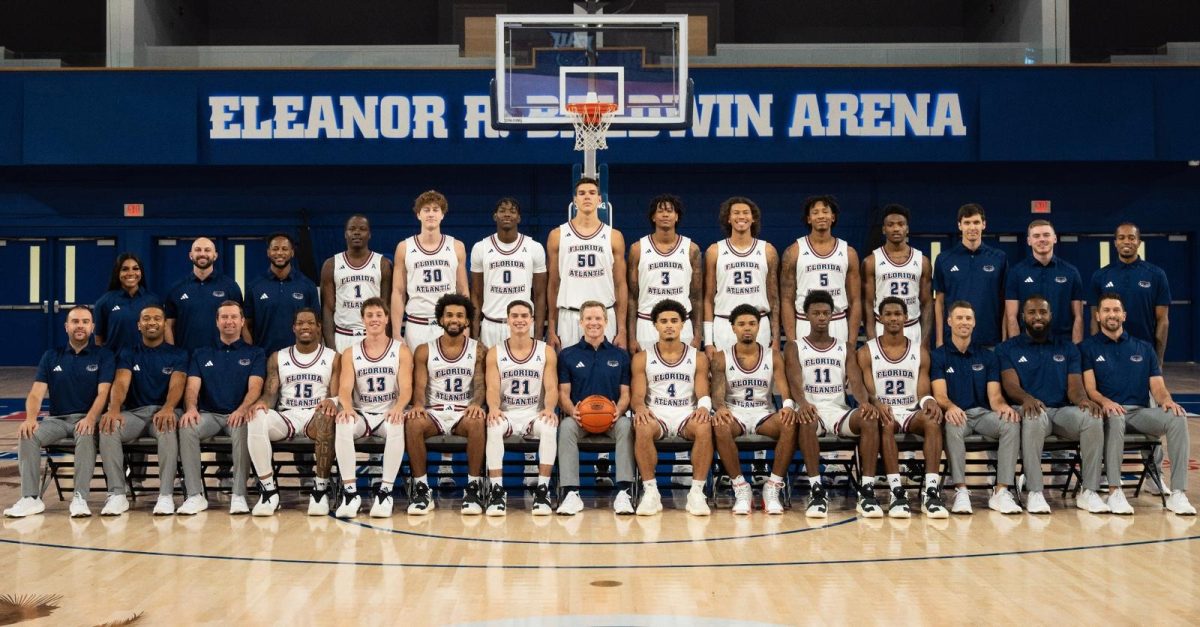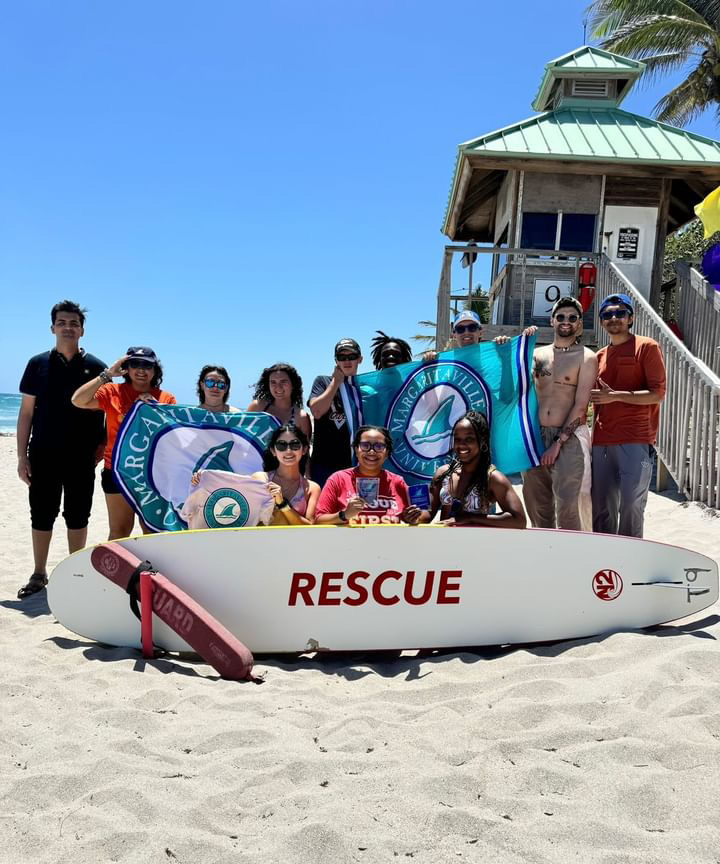
FAU is now one step closer to generating power from the Gulf Stream.
The university’s renewable energy center (also known as the Southeast National Marine Renewable Energy Center — SNMREC) applied for a lease of 17,080 acres off the coast to test underwater turbines. Now, the federal Bureau of Ocean Energy Management (BOEM) is hearing what the public has to say about the project before moving forward with it. The turbines would be deployed nine to 15 miles offshore from Fort Lauderdale and they’d be able to harness energy from the Gulf Stream ocean current over a five year period.
The SNMREC is the first in the nation to apply for this kind of lease, according to Susan Skemp, Executive Director of the SNMREC. It could be years, however, before hydrokinetic technology is powering communities in South Florida.
“This is not for commercial electricity, the lease only allows for data collecting and testing,” Angel McCoy said. McCoy is a meteorologist at the BOEM who gave a presentation on the project Wednesday in the Broward County Main Library.
In her presentation, McCoy explained the possible risks and alternatives to testing the turbines. McCoy ran down the list of risks to air and water quality, marine habitats, animals and even birds before saying the project won’t affect them significantly.
The lease must also comply with the National Environmental Policy Act before testing is approved.
The turbines would only be used between 3 to 33 percent of the time they’re in the water, according to Brian Hooker, a marine biologist at the BOEM. Each testing session would last one to five days at a time. Each turbine will operate between five and 50 meters underwater. The rotor for each turbine is between three to seven meters in diameter. This means each turbine would average 20 to 70 rpm, depending on the diameter of its rotor.
“If it all seems incredibly simple,” Hooker said. “it really is.”
Susan Skemp expects the turbines to generate about 20 kilowatts of power. That’s equal to 27 horsepower. Skemp mentioned the SNMREC is also exploring other ways to harness the power of the ocean, saying “We need to look at all potential energies.”
Although a few dozen people showed up to the BOEM’s public forum, most were from FAU or the ocean engineering industry. “We’re really glad FAU is taking on this effort,” Justin Sobol said. Sobol is the manager of Renewable Project Development at Florida Power and Light. “I think that’s the true way we’re going to realize what potential we have here in South Florida for ocean energy.”
Dane Hancock, an alumnus of FAU’s Ocean and Mechanical Engineering program, also spoke up at the forum.
“I was an ocean engineering student 44 years ago,” he said. “And we should have been at this point 40 years ago.”























